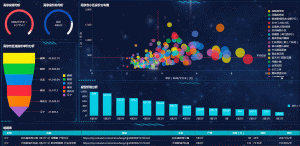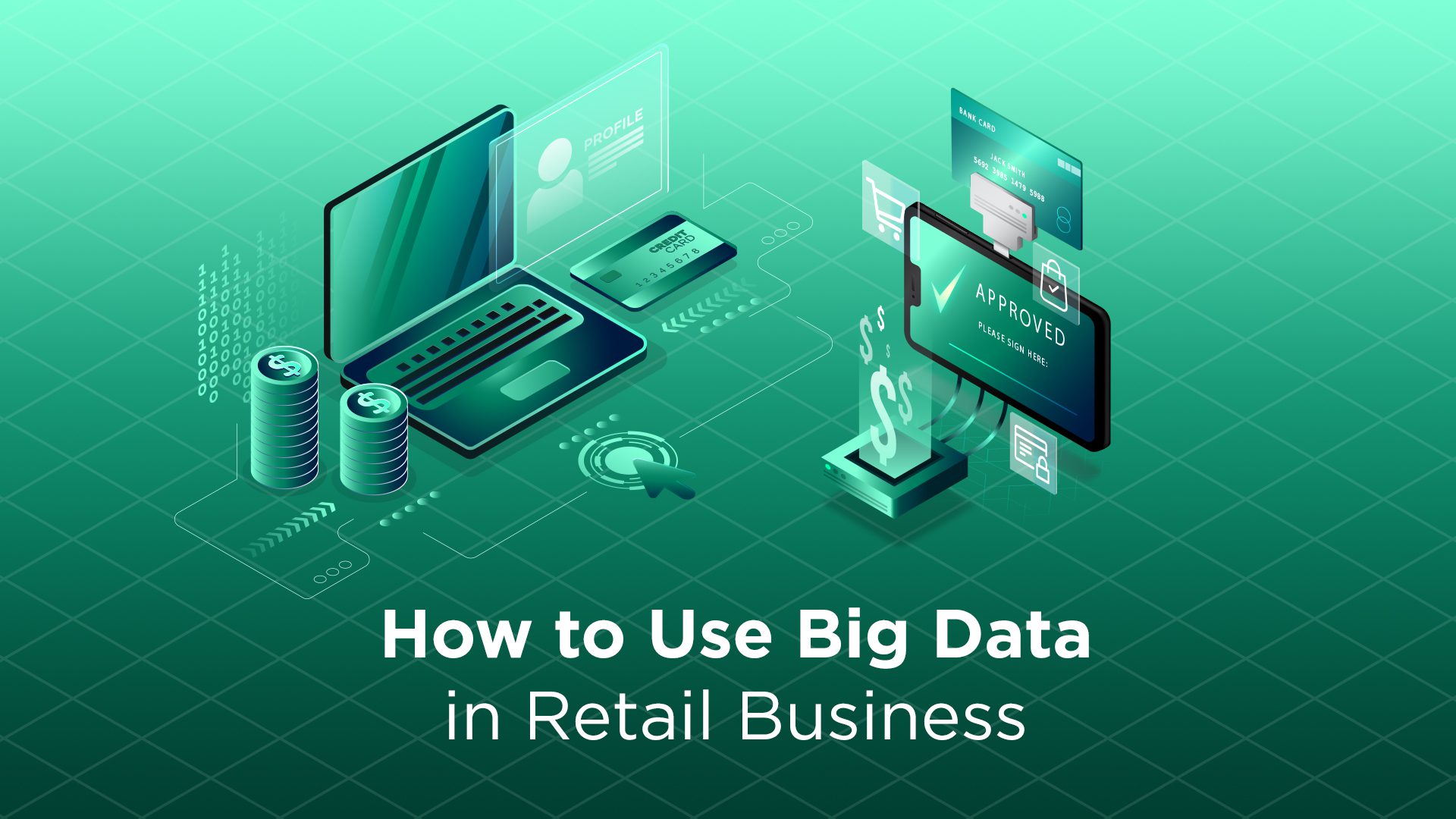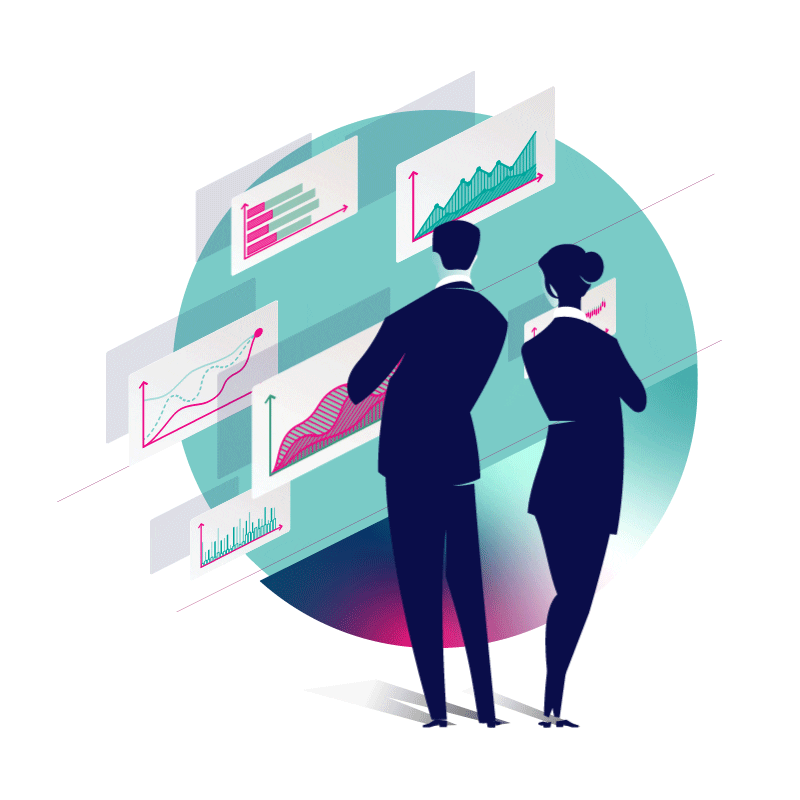Every day, the information generated and stored by companies worldwide is increasing in volume and complexity. With this arises a need for tools to protect this vulnerable data from data breaches and exploitation by cybercriminals.
Can big data analytics strengthen network security and save the day? Read on to find out.
What is big data analytics?
Big data refers to highly variable, complex data generated at a high volume and high velocity. The analysis and interpretation of big data are known as big data analytics.
With the boom in digitalisation and cloud computing, hundreds of terabytes of data are generated and utilised daily. Extracting useful information from data of this size is tedious with traditional SQL (Structured Query Language) tools. Here’s where big data analytics comes in.
Frameworks like Hadoop and databases such as MongoDB, Cassandra, Vertica, and Apache HBase make complex data management quicker and simpler. Searching for specific events within large datasets can be completed by such frameworks in minutes.
Applications of big data analytics

Big data analytics helps store and maintain data, detect patterns and trends in real-time, predict future events or problems, and nullify abnormal or malicious activities in vast networks.
Some sectors where big data analytics finds wide applications are:
- Finance and banking
- Business and e-commerce
- Public welfare and governance
- Healthcare
- Communication
- Energy
- Entertainment and media
Network security and its challenges
Protocols, policies, and practices designed to keep data safe from cyber attacks and security breaches are part of network security. It aims to detect, prevent and nullify misuse, denial of access, unauthorised modification, or data extraction.
Network security uses physical and digital methods to secure confidential and sensitive data. Biometrics, firewalls, VPNs, and sandboxing are various types of network security.
As databases expand, monitoring big data with traditional SQL tools becomes unreliable. Downsides of traditional analytics include frequent false positives, cyber attacks, privacy breaches, phishing, malware, and other network security threats.
Other challenges faced by network security are:
- Breaches at admin or high clearance levels
- Lack of vigilant monitoring in open network structures
- Inability to process high amounts of data in real-time
- Deliberate or accidental breaches by humans or bots
- Stealing confidential data through hacking or identity theft
How big data analytics can be the solution?
Storage and maintenance of big data
High-volume non-relational data can be collected and stored on NoSQL databases such as Apache HBase, Cassandra, and MongoDB. These databases use platforms like Hadoop to organise variable and unstructured data.
Identification of anomalous patterns in real-time
Employees are responsible for a majority of network security breaches. These leaks may be accidental, but deliberate breaches may be minor and go undetected for long periods.
Big data analytics can monitor real-time changes in regular data flow patterns. Data from sensors monitoring user credentials can detect unauthorised log-ins and reveal botnets or APTs (Advanced Persistent Threats).
Predictive assessment of network integrity
Tools used in big data analytics can perform predictive analysis of the errors that can occur in the system. NoSQL frameworks can reveal the pitfalls in network security, which can then be patched before hackers discover them.
Prompt retrieval of information from networks
A case study by Zion Bancorporation was able to draw a comparison between the processing speed of data by traditional and big data analytics. Traditional SIEM (Security Information and Event Management) tools took 20 minutes to 1 hour to process data collected over a month. It took a Hadoop-based tool only about a minute to do the same.
This case study shows the ability of NoSQL tools to process data at high speeds that could detect and barricade gaps in network security.
Analysis of datasets to identify past breaches
When breaches in the system occur, companies often fumble to find what exactly caused it. The sheer volume of big data often makes finding a fault in the network a hassle. With big data analytics, a detailed assessment of stored data can be performed within minutes, assuring prompt responses to cyber attacks.
Conclusion
Advancements in big data analytics have the potential to become an indispensable tool in bolstering network security. There is a rising demand for big data analysts to protect and secure sensitive data.
A career in big data analytics and network security is one click away with the advanced certification programme in cybersecurity from IIT Roorkee. The practical approach of this course aims to equip you to deal with cyber attacks and protect vulnerable networks. It is also a comprehensive guide to ethical hacking, social engineering, encryption, and data forensics.
Enrol now to begin an exciting career in cybersecurity today!





 These all are some promotional activities which the companies do by making use of big data. Big data influences the decision-making of the promotional activities of a company.
These all are some promotional activities which the companies do by making use of big data. Big data influences the decision-making of the promotional activities of a company.

 A
A 




 Believe it or not, professionals who have undergone a
Believe it or not, professionals who have undergone a  Business analysis is definitely one of the best options for freshers. Luckily for them, there are a number of
Business analysis is definitely one of the best options for freshers. Luckily for them, there are a number of 
 If you’re interested in pursuing data analytics jobs sometime in the future, it is advised that sign up for big data analytics training opportunities within or through your company. If you’re a student or a fresh graduate, enrolling in a
If you’re interested in pursuing data analytics jobs sometime in the future, it is advised that sign up for big data analytics training opportunities within or through your company. If you’re a student or a fresh graduate, enrolling in a